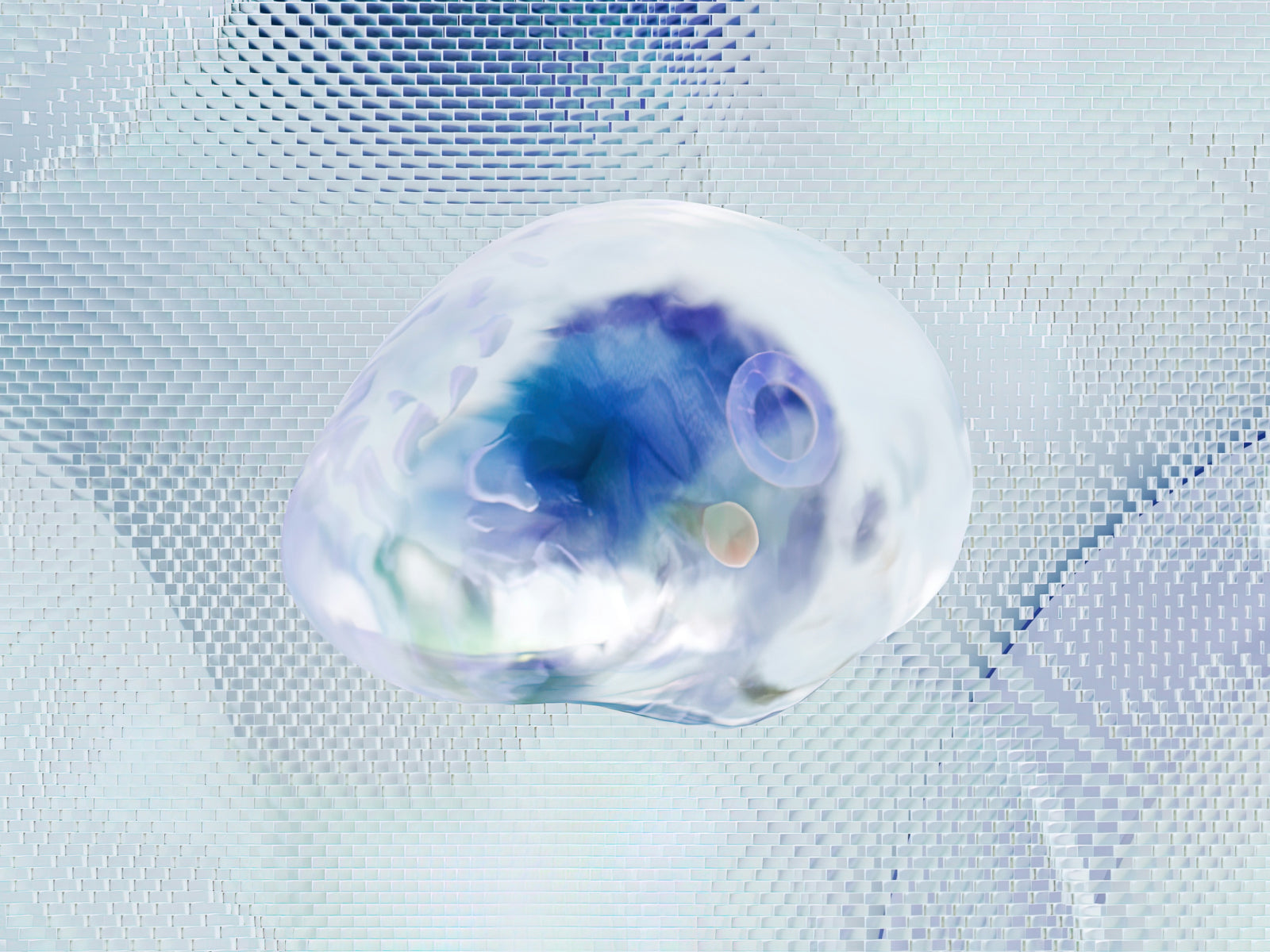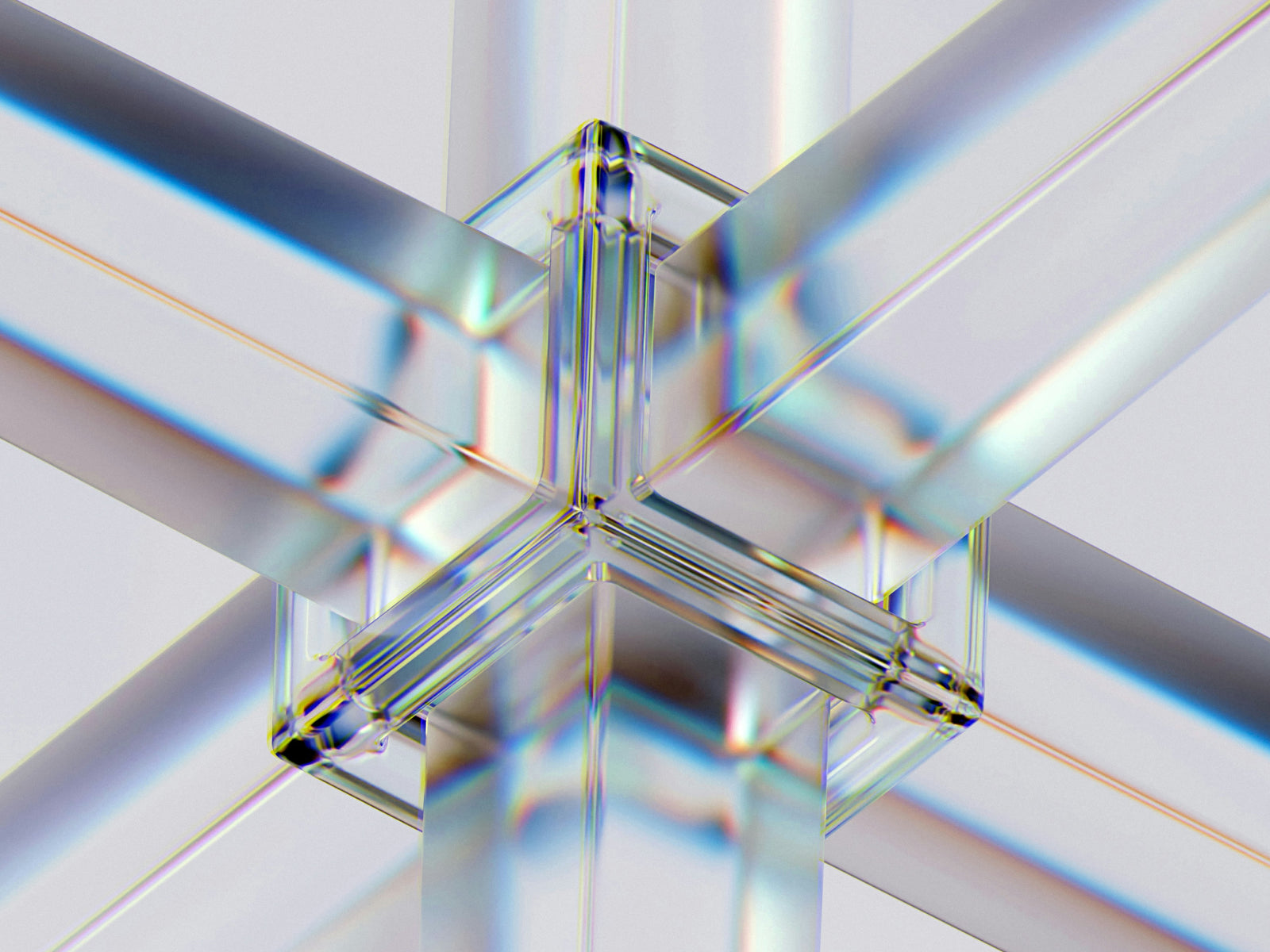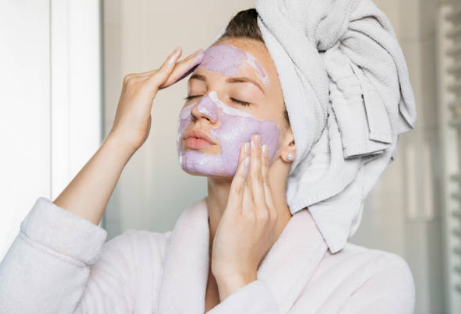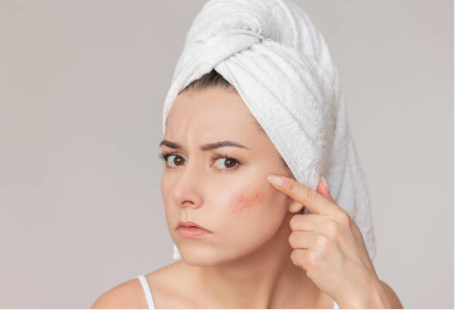Have you ever wondered why some skincare products seem to work wonders for your friend but leave you feeling disappointed? The answer may lie in the complex interplay between your skin's unique characteristics and the product's ability to penetrate and absorb into your skin. As a savvy skincare enthusiast, understanding the factors that influence cosmetic absorption is key to unlocking the full potential of your beauty routine. In this article, we'll explore the fascinating world of skin penetration, shedding light on the various elements that determine how effectively those precious ingredients in your favorite serums and creams can work their magic.
How Do Cosmetic Ingredients Penetrate the Skin and Deliver Benefits?

The triumph of a cosmetic product lies in its capacity to penetrate the skin's intricate layers and deliver its functional ingredients to the intended targets. These meticulously chosen compounds must embark on a complex journey to bestow their benefits, navigating through the skin's labyrinthine structure. However, it's essential to distinguish between cosmetic absorption and pharmaceutical transdermal absorption.
Transdermal drug delivery aims to introduce active ingredients into the bloodstream for systemic effects, while cosmetic absorption focuses on the accumulation of ingredients within the skin itself. This targeted approach allows cosmetics to deliver their benefits directly to the areas where they are needed most, whether it's to hydrate the skin, diminish the appearance of fine lines, or enhance overall skin texture.
The odyssey of a cosmetic ingredient from the skin's surface to its destination is a captivating one, replete with obstacles and challenges. To ensure that these ingredients can effectively penetrate the skin and achieve the desired results, cosmetic formulators must carefully consider a range of factors, including the size and structure of the molecules, the vehicle in which they are delivered, and the unique characteristics of the skin itself.
The Stratum Corneum: The Skin's Formidable Gatekeeper

The stratum corneum, the outermost layer of the skin, serves as the primary gatekeeper, regulating the entry of substances into the deeper layers of the skin. This tough, resilient barrier is composed of tightly packed corneocytes, which are dead skin cells that are continuously shed and replaced. The spaces between these cells are filled with lipids, creating a brick-and-mortar-like structure that is highly effective at preventing unwanted substances from penetrating the skin.
For cosmetic ingredients to effectively penetrate the stratum corneum and reach their target destinations, they must find a way to navigate through this complex maze. The primary pathway for cosmetic penetration is through diffusion between the corneocytes, a process that is influenced by a range of factors, including the size and polarity of the molecules, the integrity of the lipid matrix, and the presence of skin appendages such as hair follicles and sweat glands.
While the stratum corneum is a formidable barrier, it is not impenetrable. By carefully selecting ingredients with the appropriate physical and chemical properties, and by using advanced delivery systems such as liposomes and nanoparticles, cosmetic formulators can enhance the ability of functional ingredients to penetrate the skin and achieve the desired results.
Skin Factors That Influence Cosmetic Absorption
The absorption of cosmetic ingredients is influenced by various skin factors, which can vary from person to person. Let's explore these factors and how they impact the penetration of skincare products.
1. Anatomical Site: Location Matters
The absorption of cosmetic ingredients can differ depending on where they are applied on the body. The thickness of the stratum corneum (the outermost layer of the skin) and the density of hair follicles and sweat glands vary across different areas. For example, the skin on the face, especially around the eyes and mouth, is typically thinner and more permeable than the skin on the palms or soles.
2. Temperature, Humidity, and Moisture Content
The skin's temperature, humidity, and moisture content can also affect the absorption of cosmetic ingredients. Warm, humid skin tends to be more permeable, allowing for better penetration of active ingredients. This is why applying products after a warm shower or bath, when the skin is damp and the pores are open, can be beneficial.
Well-hydrated skin is also more receptive to the penetration of active ingredients, as the water content in the stratum corneum helps to soften and loosen the tight junctions between the skin cells.
3. Skin Health: Impact of Skin Conditions
The health of the skin plays a critical role in the absorption of cosmetic ingredients. When the skin is healthy and intact, the stratum corneum functions as an effective barrier, regulating the penetration of substances. However, when the skin is damaged or compromised, such as in the case of wounds, burns, or certain skin conditions like eczema or psoriasis, the barrier function may be impaired, leading to increased permeability.
On the other hand, certain skin conditions, like scleroderma or ichthyosis, can make the skin less permeable to cosmetic ingredients by thickening and densifying the stratum corneum.

How Can Dissolving Microneedle Patches Enhance Cosmetic Absorption?
Dissolving microneedle patches are an innovative solution to enhance the absorption of cosmetic ingredients. These patches contain tiny needle-like projections made from biocompatible materials that dissolve when applied to the skin.
The microneedles create microscopic channels in the stratum corneum, allowing the active ingredients to bypass the skin's natural barriers and reach the deeper layers of the skin. This targeted delivery approach offers several advantages, such as:
- Delivering a higher concentration of active ingredients to the desired skin layers
- Minimizing the risk of irritation or adverse reactions
- Providing a more consistent and controlled release of ingredients over time
As research continues to advance, dissolving microneedle patches may offer a new frontier in personalized skincare, with the potential to deliver unparalleled results.
Understand Your Skin for Optimal Cosmetic Results
Understanding the factors that influence cosmetic absorption is crucial for getting the most out of your skincare routine. By considering your skin's unique characteristics, such as the anatomical site, temperature, humidity, moisture content, and overall health, you can make informed decisions about the products you choose and how you apply them. Additionally, keeping an eye on emerging technologies like dissolving microneedle patches can help you stay at the forefront of personalized skincare. As you navigate the ever-evolving world of beauty, remember that knowledge is power. By taking the time to learn about your skin and the factors that affect cosmetic absorption, you'll be well-equipped to create a tailored skincare regimen that delivers the results you desire. So go ahead, put your newfound knowledge into practice, and watch your skin transform before your eyes.







Leave a comment
All comments are moderated before being published.
This site is protected by hCaptcha and the hCaptcha Privacy Policy and Terms of Service apply.